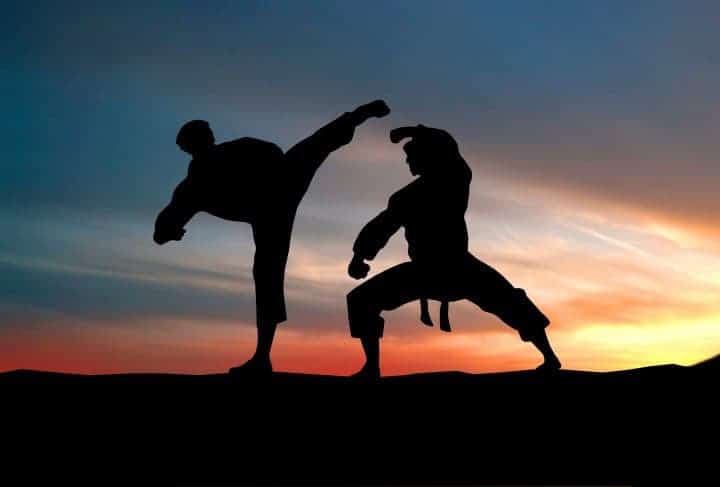Martial Arts are as old as humanity itself: as long as there have been humans there has been war and as long as there has been war, there have been people preparing for war. The growth of martial arts throughout the world has shown the diversity of fighting styles, strategies and methods, all of which broadly have the same aim.
In our modern world, martial arts are predominantly a form of recreation and of sport rather than actually training for combat – though, of course, when combat is necessary it is obviously useful to have practiced it before – and in truth, that has largely been the point throughout most of our history as well. All but a very select few of the martial arts that are popular today are unarmed, rendering their purpose in preparing for conflicts are relatively stunted since the invention of weaponry, which occurred roughly ten seconds after the first war was declared.
Martial arts can tell us huge amounts about the priorities of the cultures that produced them and the values that those societies hold. As we will see, boxing grew as a predominantly commercial exercise and to facilitate gambling, the fascination of the Victorian middle classes in England, while pankration and wrestling sprung from an Ancient Greek aesthetic surrounding manliness and glory at the original Olympic Games. We will learn how necessity is the mother of invention: the Japanese adapted their traditional budo methods of combat into jiu-jitsu and judo to develop styles that favoured a smaller opponent, as they tended to be smaller in stature than those that they needed to fight; Krav Maga was devised as a method of defending Jewish communities from anti-semitic attack and therefore prioritised highly violent, highly effective actions above sport and honour; Taekwondo was a specifically planned and orchestrated system that attempted to turn previously existing styles into a competitive sport.
However the arts came into origin, the effects of them on the cultures that produced them is profound. Judo and jiu-jitsu heavily inform Japanese society and are inseparable from it, while Muay Thai is seen as one of the pinnacles of Thai culture – and these are just two examples of how the way that people learn to fight informs the way in which they participate in their own culture and the cultures of others.
That’s why we’re going to ring the bell, say our Thai prayer, bow respectfully, touch gloves and say ajime to our list of the 12 origins of the world’s favourite martial arts. It’s on.

